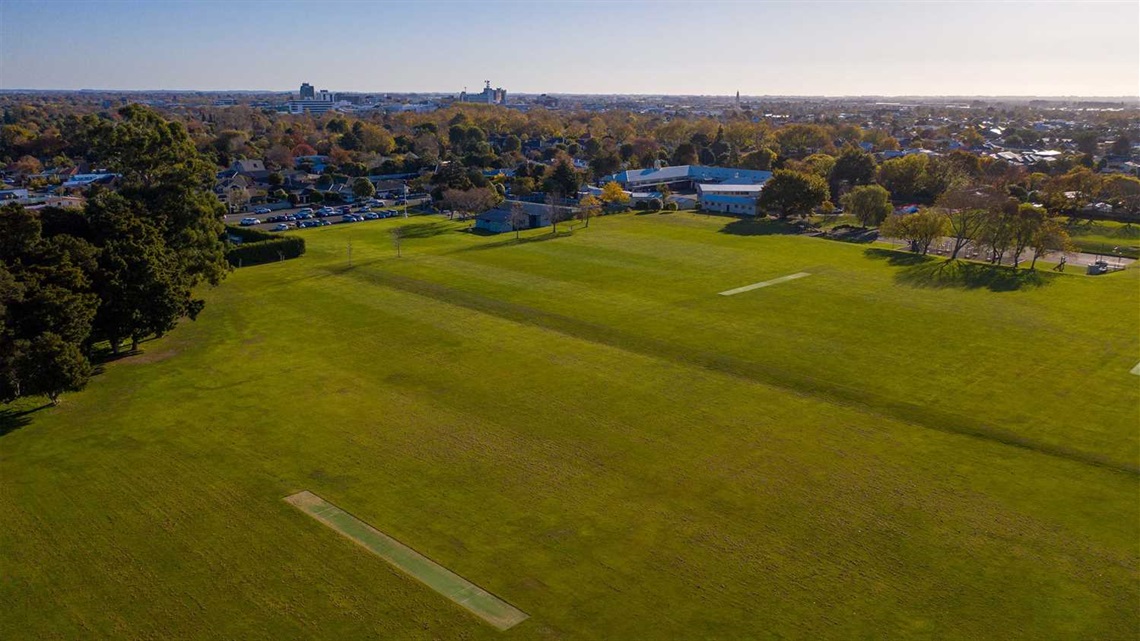Hokowhitu Park

This park in the heart of Hokowhitu has one of Palmerston North's last pieces of remnant bush on it. The sportsground is used for cricket in summer and football in winter.
Hokowhitu Park was part of Te Ahu a Tūranga Block that was about 250,000 acres, or 100,000 hectares, acquired by the Government in 1864 from Rangitāne.
In this block, four reserves remained in Rangitāne ownership, of which Hokowhitu Reserve was one. The reserve was about 890 acres or 360 hectares.
In 1892, Rangitāne sold the land and, in 1902, the Government purchased 13 acres, or 5 hectares, of the former reserve on Scandia Street (later Albert Street) and placed it under the control of the Council as a recreation ground.
The Palmerston North Domain became a recreation reserve in 1902. It was renamed Hokowhitu Domain in 1920. In 1977, Council changed the domain's name to Bruce Turner Park to honour hockey Olympian Bruce Turner (1930-2014). However, in 1984, it was changed to Hokowhitu Park following a community protest. This also recognised the original Government's reservation of Hokowhitu Reserve for Rangitāne.
The name Hokowhitu refers to how Rangitāne mathematically organised their soldiers into companies of 140 warriors:
- Hoko = old Māori mathematical formula denoting the multiplication of twenty.
- Hoko = 20, Whitu = 7, therefore 20 x 7 = 140.
The military connection came about when the name Te Hokowhitu a Tū was subsequently bestowed to the 28th Māori Battalion. Tū is an abbreviation for Tūmatauenga, the God of War.
The Māori Battalion lived and trained in Palmerston North in 1940 prior to serving in World War II.
Location
Hokowhitu Park, Albert Street, Hokowhitu 4410 View Map
-40.35765540226817, 175.63150821518772
Hokowhitu Park, Albert Street ,
Hokowhitu 4410
Hokowhitu Park, Albert Street ,
Hokowhitu 4410
Hokowhitu Park